When spring comes, turkey hunting is on the agenda. Turkeys are considered to be the big game of a small game and are one of the popular sport animals among hunters.
This guide will provide you with information regarding public land turkey hunting regulations, turkey hunting times, turkey hunting tips, and hunting equipment, which can be helpful to you in attracting the turkey that you are after. With our help, you can become an expert turkey hunter.
Turkey Hunting Regulations
Hunting or releasing turkeys without department authorization is prohibited at any time or by any means. There are certain rules and regulations that must be followed when hunting turkeys, and those who break them may face severe penalties.
License requirements
A wild turkey permit and hunting license must be carried at all times by a turkey hunter during spring/fall hunting.
Mandatory harvest reporting
A wild turkey harvested by hunters (including those who are exempt from being required to possess a license) must be logged and reported to the government. This rule is applicable both in spring and fall.
Tag a wild turkey
It is required that the tag from the hunting license of the person who killed the turkey is correctly and legibly filled out (including the name of the property and county) and attached to the animal as soon as possible. When the animal is being transported, the tag must remain attached.
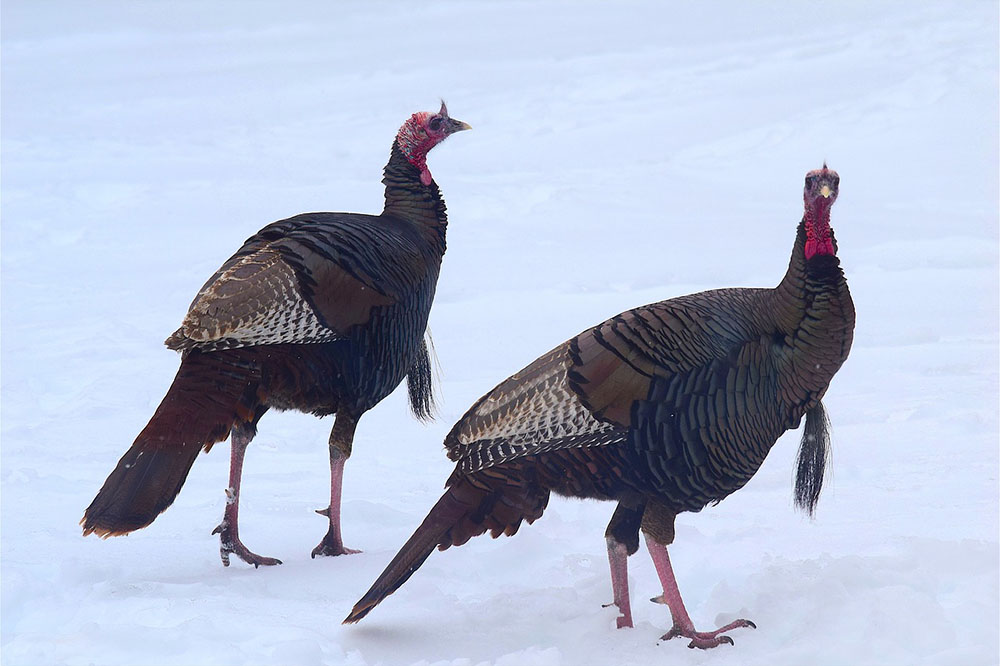
How to Locate A Hunting Spot?
Conduct E Scouting
To start with, it is possible to use a digital mapping app to conduct e-scouting. You can likely identify hunting spots with the help of an app such as onX or HuntStand. In the case of hunting on public lands, you should use your app to locate all the public parcels that are in the area that you intend to hunt.
Identify Turkey Signs
Knowing what signs and droppings turkeys leave behind will help you scout for them, including droppings, tracks, scratching and dust bowls. It is evident that wild turkeys inhabit the area based on a number of signs.
Droppings
Hunters can identify wild turkeys by their droppings, which also indicate the bird’s gender. Approximately two-inch long and shallow “J”-shaped droppings are from gobblers. In contrast, hens leave a small pile.
Tracks
Three-toed tracks are left behind by both hens and gobblers, but the gobbler’s middle toe is longer than the rest.
Scratching
The area around the roost site is often characterized by heavy scratching. In wild turkey scratching, the V-shaped marks are easily recognizable. Scratching can be found on the forest floor as well as along the edges of fallen logs and limbs on the ground.
Dusting Sites
Dusting is a frequent habit of wild turkeys. In the soil, the birds create shallow depressions or bowls by repeatedly dusting themselves there
What Is the Best Time to Hunt Turkey?
When it comes to the best time to turkey hunt, Spring and Fall are the two seasons when turkey hunting is most popular.
Spring
Most states have prime turkey hunting season from April to May. Hunts during the spring tend to target gobblers. A group of male gobblers are at their peak breeding season in spring, making it the best time of year to hunt turkeys. To find out the specific dates in your area, check your local laws and regulations.
Hunting in the spring can be an advantage, because turkeys are most vocal at this time of the year, seeking to attract hens with their gobbles, so hunters can use this to their advantage by mimicking the sounds of those hens in order to attract them to their location. As the turkeys are not yet in flocks in the spring, they are more spread out, and easier to trick and lure into your calls.
Before calling turkeys, hunters should practice their calls so they sound convincing. Waiting for the right time and being patient are key to getting a successful kill.
🔔To check the detailed Spring Turkey season dates for different states, read this: Spring Turkey Seasons Dates&Limits By States.
Fall
Autumn is the time when turkeys are actively moving around. As the days become shorter and the temperatures start to drop, these birds display a range of activities that make them easier targets for hunters.
Another factor that makes fall a preferred season for turkey hunting is the challenge it offers. In contrast to the breeding-focused behavior of turkeys in the spring, fall hunting demands a distinct skill set.
Lastly, fall turkey hunting frequently happens at the same time as other hunting seasons, like deer or waterfowl hunting. This creates perfect conditions for hunters to pursue various game species and make the most out of their hunting adventure.
Hunts during the fall tend to target either sex. It is more difficult to call in or hunt turkeys during this time of year because they congregate in larger flocks.
Wild Turkey Legal Hunting Hours
Half an hour before sunrise and half an hour after sunset is the legal hunting time.
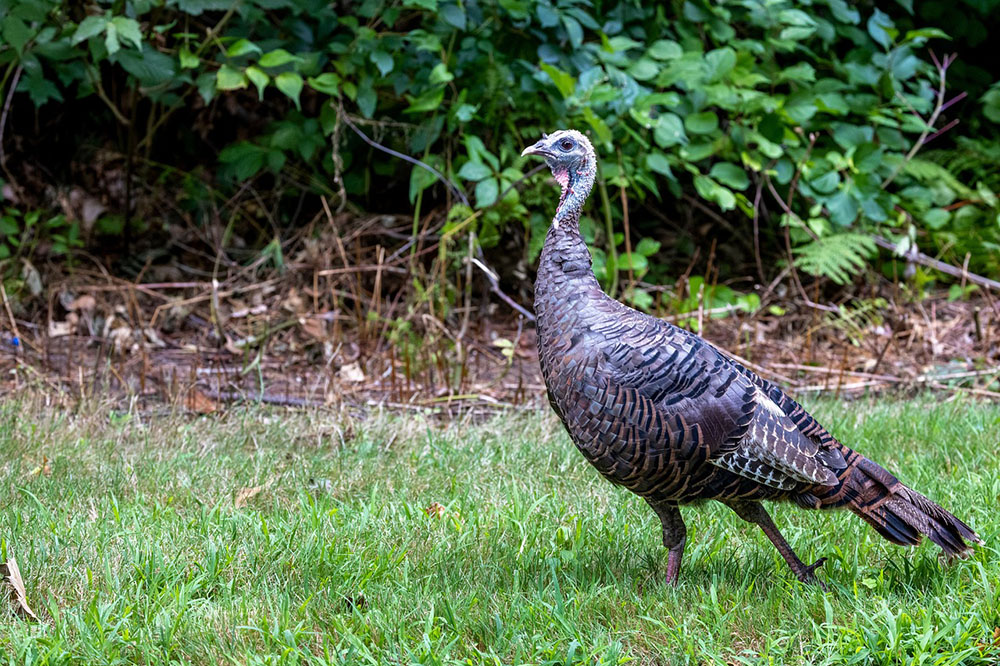
What Equipment Do You Need for Hunting a Turkey?
Your turkey hunt will be successful if you have the right gear. These pieces of equipment work equally well for the fall and spring turkey seasons.
Clothing
Be concealed at all times, turkeys have excellent eyesight and can easily spot bright colors from a distance. For a better blend into the environment, you should wear camouflage clothing during the turkey hunt, as well as gloves and a face mask. There should never be any red, white, blue, or black clothing on you. It is also vital to have a pair of turkey hunting boots.
Shotgun
For hunting wild turkeys, shotguns are popular weapons. In turkey hunting, shotgun gauges such as 10, 12, 16, and 20 are used. It is most commonly used for turkey hunting to use a full choke tube, since it provides a tighter pellet spread, as well as the best range.
Most turkey hunters will use 4- 6 shot loads, which are small enough to cause serious injury while still being able to travel long distances. Due to the smaller size, hunters can also use lighter loads, reducing recoil.
Turkey Hunting Vest
Turkey hunting vests often come with pockets that hold equipment and accessories, such as masks and gloves, to disguise their identities. Most turkey hunting vests are equipped with a nice seat on the bottom for when you sit for long periods of time while hunting.
Turkey Calls
Calls are used a lot by hunters to bring gobblers within shooting range. Your hunt will be successful or unsuccessful depending on the calls you have, and how proficient you are at using them. Knowing the right calls to use, and when to use them, is essential to successful turkey hunting.
Turkey Decoys
In order to make your hunting trip more successful, it is beneficial to use a turkey decoy in order to draw the turkey’s attention away from you and towards the decoy. With this method, you can get closer to the turkey for a more accurate shot.
👉Read more: The 9 Best Duck Decoys For Turkey Seasons
Bow
Another method to hunt turkeys is with a bow. With this technique, hunters can remain hidden and get close to turkeys without triggering their alarm systems. In addition, it allows for a more precise shooting experience compared to using a gun.
Tips for Safe and Successful Turkey Hunting
In order to make your turkey hunting experience as safe and successful as possible, here are a few tips.
Choose the right hunting spot
It is important to choose the right hunting spot that has a solid background with a width greater than the width of your shoulders and a height greater than the height of your head.
Be skeptical when turkeys call
Always adopt a skeptical attitude when you hear turkey calling. It is quite possible that when you hear a turkey call, it is actually coming from that turkey. However, it may be coming from another hunter, because good callers sound just as convincing as those turkeys themselves.
Conclusion
It is not an easy thing to hunt public land turkeys, so make sure you prepare yourself for the hunt as much as possible. With the right knowledge and techniques, you can ensure a successful turkey hunt for each year.


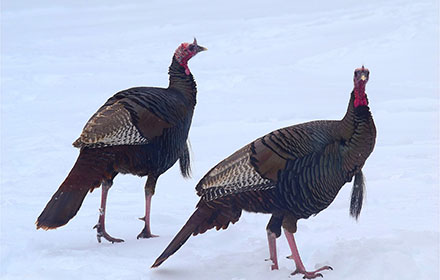




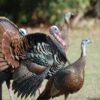

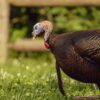










Leave a reply